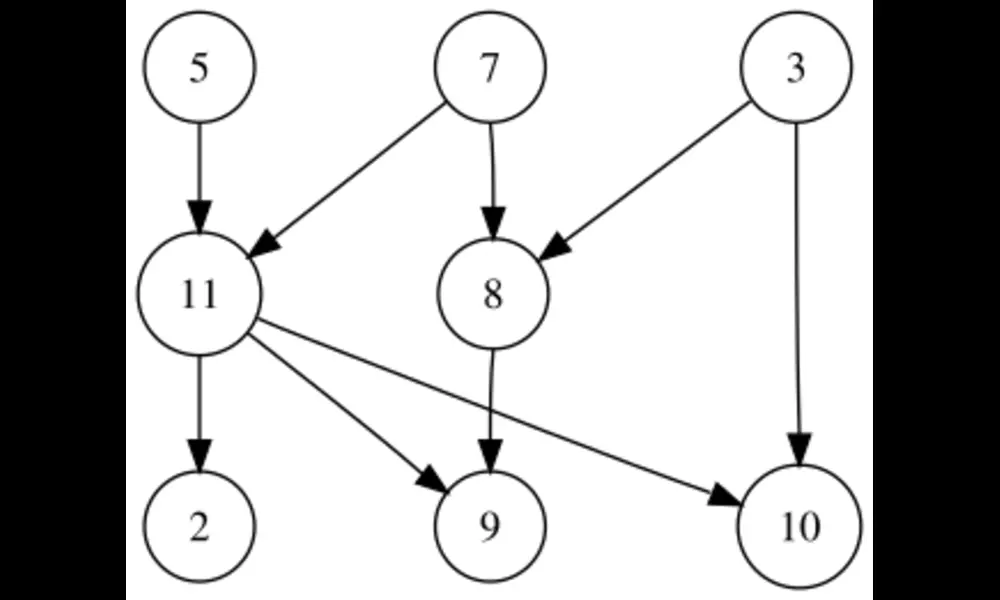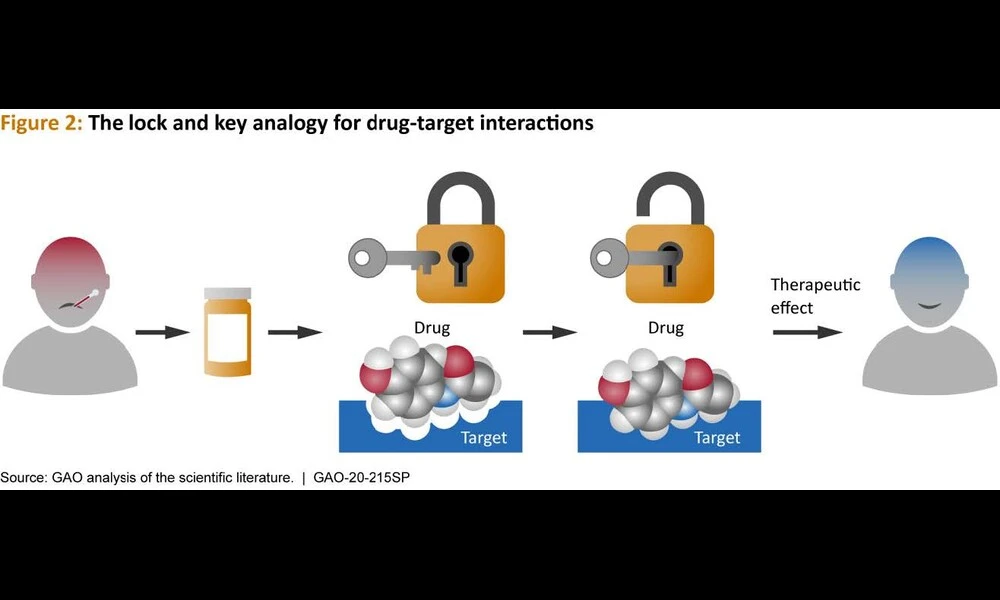New Study Reveals Inequalities and Biases in How-to Guides on wikiHow
Published on Thu Sep 28 2023 why-how | airpix on Flickr
why-how | airpix on FlickrA recent preprint paper titled "How-to Guides for Specific Audiences: A Corpus and Initial Findings" sheds light on the differences found in how-to guides on the popular online platform, wikiHow. The study, conducted by researchers in the field of Natural Language Processing (NLP) and Artificial Intelligence (AI), aims to explore whether the guides on wikiHow differ based on the intended audience and, if so, to what extent.
The researchers conducted two case studies to examine qualitative features of texts written for specific audiences. They found that there are noticeable differences in the topics covered, writing style, and content of the guides for different target groups. For instance, the length of instructions in guides targeting different audiences varied significantly. The study also highlighted differences in style, such as punctuation usage, and vocabulary choices. Moreover, some guides for specific audiences focused more on issues related to body image, which reflects disparate standards and potentially contributes to discrimination.
To verify their qualitative observations, the researchers implemented computational models and conducted a generalization study on a larger dataset. Their findings show that, in many cases, it is possible to predict for which audience an article was written based on certain characteristics. The study concludes that there are systematic differences between how-to guides written for specific audiences, not only in terms of topic coverage but also in content and style.
These findings are important as they highlight the existence of biases and inequalities in how-to guides, which can perpetuate stereotypes and hinder general accessibility. The study suggests that raising awareness of these issues is the first step towards addressing them in future work. It also calls for interdisciplinary collaboration between NLP, AI, and social sciences to better understand how social norms are conveyed and to foster a more comprehensive approach in creating inclusive instructional materials.
However, the study acknowledges several limitations, including its focus on English language guides and the need for a wider variety of data sources to test generalizations. Additionally, the study does not fully account for the diversity of humankind and marginalized social groups.
Overall, this research brings attention to the importance of considering the intended audience when creating instructional materials and emphasizes the need for more inclusive and unbiased content. By recognizing and addressing these inequalities, we can contribute to a more equitable and accessible online environment for all users.



